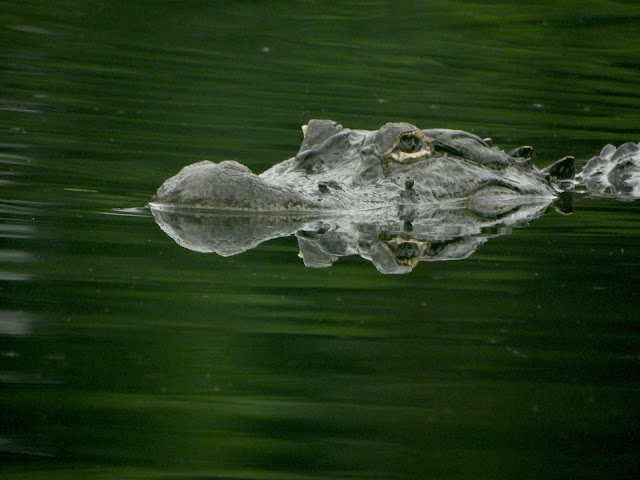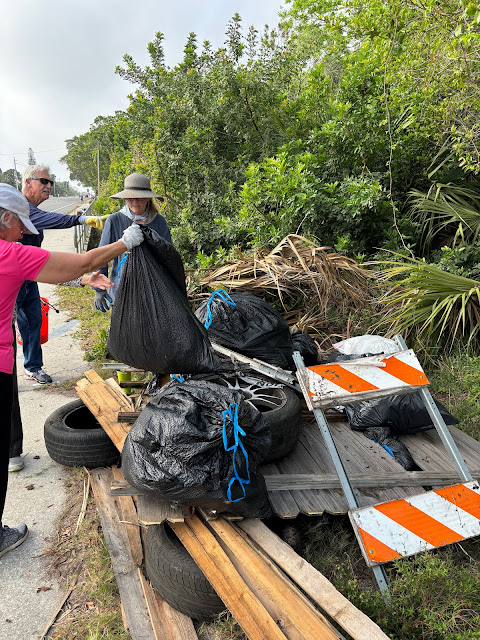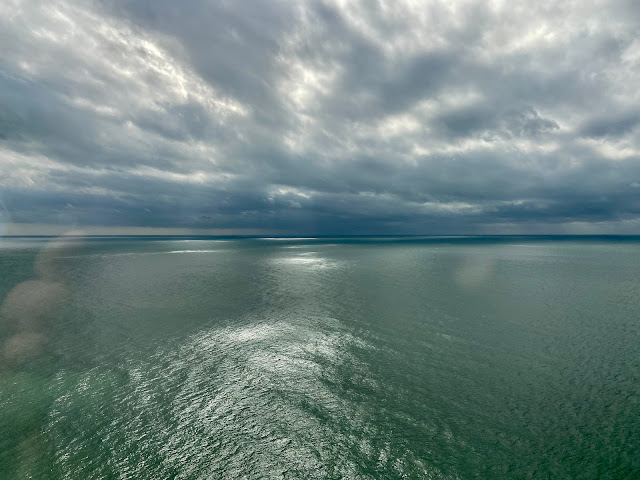Why hello new neighbor!
Hurricanes Helene and Milton brought changes. After Helene, Pineneedle neighbors met a new (we think) resident of our wildlife habitat. An American Alligator, a creature native to Florida! I asked Reptile professionals to identify it; I wondered if it was an alligator or crocodile. It's an Alligator. I took these photos with a telephoto lens.
After Hurricane Helene's horrific sea surge, a few neighbors and I first saw this alligator. I saw it for a few days, but after Hurricane Milton, no sightings. Every day I look.
Lake Doctors pond specialist Terry Peeler told me a story of an alligator sighting in the big pond over 20 years ago.
A couple of thoughts.
I'm making friends with the idea of having this new neighbor :). These facts help.
Alligators are found in most Florida ponds.
Walking our small dogs at the pond edge has never been safe. This is a reminder.
A concern is whether humans feed the alligator, birds, or other wildlife. Another reminder from our state wildlife professionals: do not feed wildlife.
I've heard some fears and desires to remove the alligator, but the alligator would be killed. Plenty of carp, turtles, and snakes are in the pond for food. We live in a wildlife area. We share this land with furry, feathered, scaled, and skinned beings. There is room for all of us.
From the Florida Fish and Wildlife Conservation Commission
The main threat facing the American alligator is the destruction and degradation of wetland habitat. Destruction of wetlands frequently occurs in association with human development. (Perhaps you noticed the clearing of wetlands at 75th and Cortez Road to build about 6000 units and shopping.) Alligator nests may be depredated by raccoons and bears, and juveniles are vulnerable to predation by wading birds, otters, and larger alligators.
UPDATE: Still no sighting of an alligator in Pineneedle and Woodlawn Pond.





























































